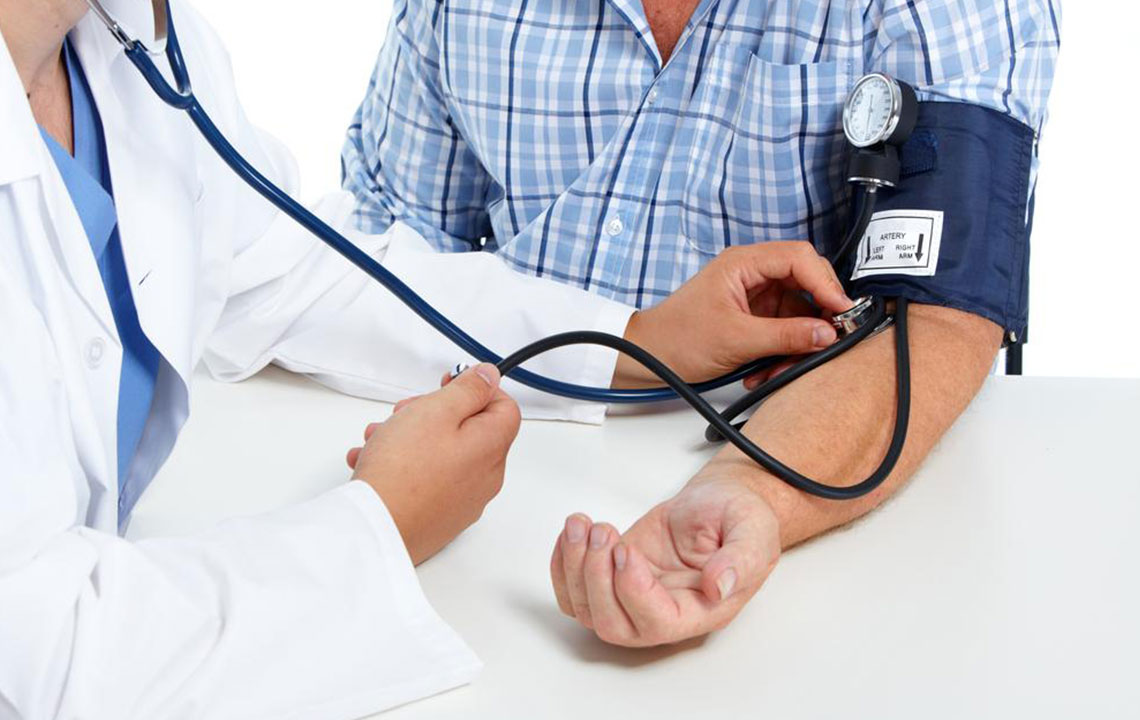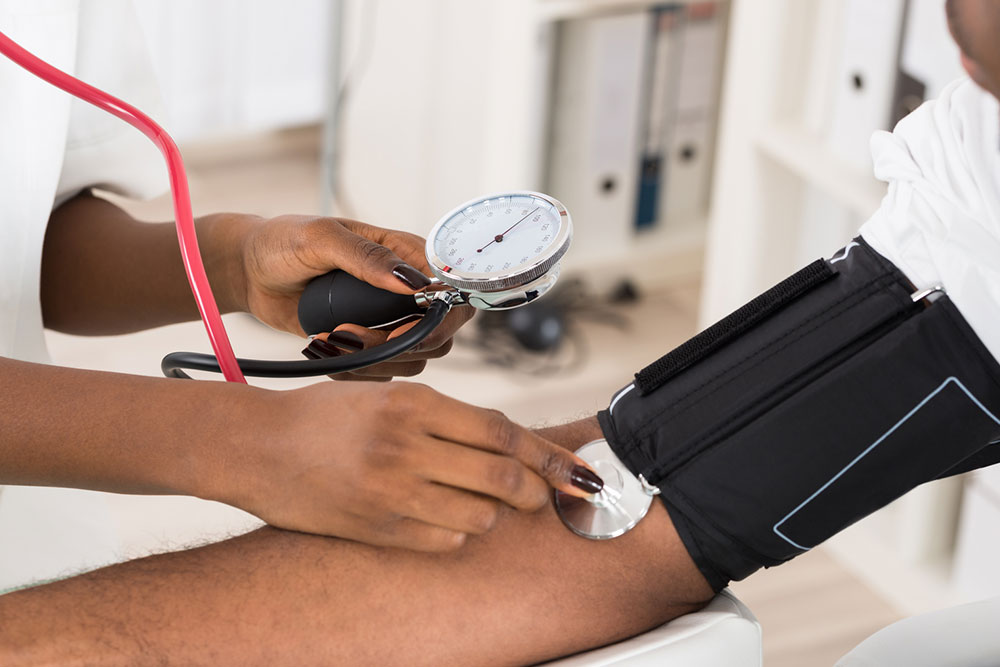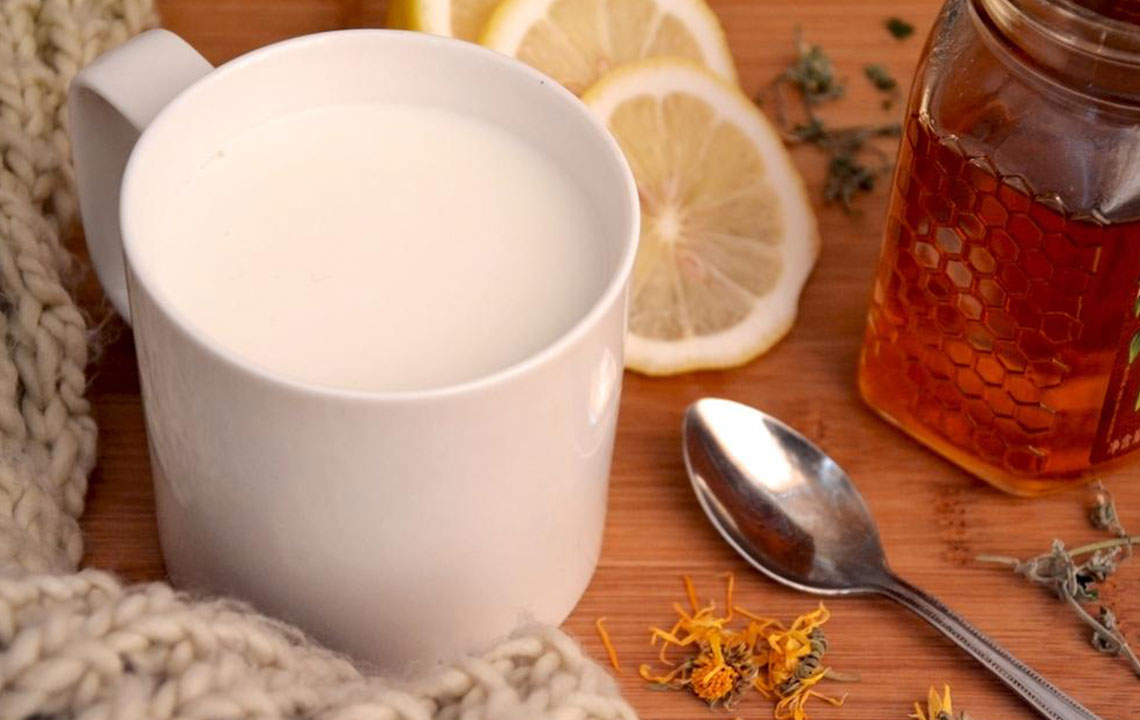Natural Ways to Lower High Blood Pressure Effectively at Home
Discover natural and effective ways to lower high blood pressure at home. Learn how regular exercise, reducing salt, increasing potassium intake, and enjoying dark chocolate in moderation can help manage hypertension naturally. This comprehensive guide offers practical lifestyle tips for maintaining healthy blood pressure levels and improving overall heart health safely and sustainably.

Natural Strategies to Manage and Reduce High Blood Pressure at Home
High blood pressure, also known as hypertension, is a common health condition that affects millions of people worldwide. It is characterized by increased force of blood against the arterial walls during heartbeats, which can lead to serious health complications like heart disease, stroke, and kidney problems if left uncontrolled. Typically, a normal blood pressure reading is around 120/80 mm Hg. When readings consistently stay above this level, especially over 130/80 mm Hg, it signals hypertension. While medication can be prescribed by healthcare professionals, many individuals seek natural and lifestyle-based approaches to manage and lower their blood pressure effectively, especially at home. This comprehensive guide explores proven natural methods that can help you maintain healthy blood pressure levels safely and sustainably.
Incorporate Regular Physical Activity into Your Routine
One of the most effective ways to naturally lower blood pressure is to engage in consistent physical activity. Aim for at least 30 minutes of moderate exercise most days of the week. Activities such as brisk walking, jogging, cycling, swimming, or even dancing can significantly improve cardiovascular health. Exercise helps strengthen the heart muscle, enabling it to pump blood more efficiently, which reduces the pressure on your arterial walls. Additionally, physical activity enhances blood circulation, helps control weight, reduces stress, and improves overall well-being—all of which contribute to healthier blood pressure levels. For individuals new to exercise or with existing health conditions, it’s advisable to consult a healthcare provider to create a tailored workout plan that’s safe and effective.
Cut Down on Salt to Manage Hypertension
Reducing salt intake is crucial for controlling high blood pressure. Excess sodium intake causes the body to retain water, increasing blood volume and pressure. Many processed foods, fast foods, canned goods, and snacks contain high levels of salt, often unbeknownst to consumers. Switching to herbs, spices, lemon juice, or vinegar to flavor meals instead of salt can significantly decrease sodium consumption. The recommended daily sodium intake for most adults is less than 2,300 milligrams, or about one teaspoon of salt. For those with hypertension or at risk, aiming for even lower levels, around 1,500 mg daily, is advisable. Making this dietary change requires awareness and careful reading of food labels but can substantially impact blood pressure management over time.
Enhance Your Diet with Potassium-Rich Foods
Consuming foods high in potassium is an effective strategy to counteract the effects of sodium and help lower blood pressure naturally. Potassium helps relax blood vessel walls, easing pressure on arteries. Incorporate bananas, sweet potatoes, spinach, oranges, melons, beans, nuts, and fish into your daily diet. These foods not only provide vital minerals but also support overall cardiovascular health. Ensuring a balanced diet rich in fruits and vegetables can promote proper blood vessel function and contribute to maintaining optimal blood pressure levels. If you are on medication or have kidney issues, consult a healthcare provider before making significant dietary changes.
Enjoy Dark Chocolate in Moderation for Heart Health
Dark chocolate, especially varieties with high cocoa content, is rich in flavonoids—plant compounds known for their cardiovascular benefits. Consuming small amounts of high-quality dark chocolate (about 1 ounce per day) can help dilate blood vessels, reduce inflammation, and improve blood flow. These effects collectively support lower blood pressure and promote heart health. However, it is important to enjoy dark chocolate in moderation due to its calorie and sugar content. Opt for dark chocolate with at least 70% cocoa to maximize health benefits and minimize added sugars.
Implementing these natural lifestyle adjustments requires consistency and dedication. While they are effective strategies on their own, combining them with regular medical checkups and guidance from healthcare professionals ensures a safe and effective approach to managing high blood pressure. Remember, small changes over time can lead to significant health improvements, empowering you to take control of your well-being naturally from the comfort of your home.





